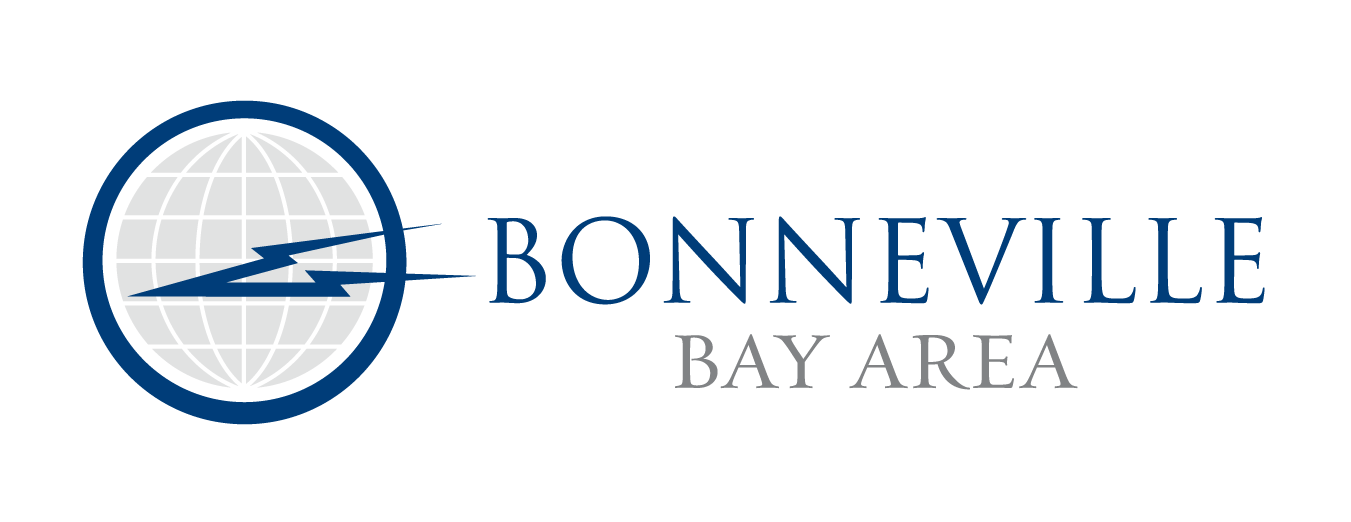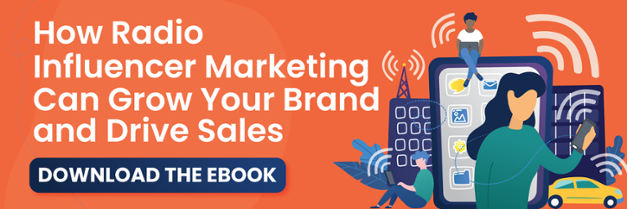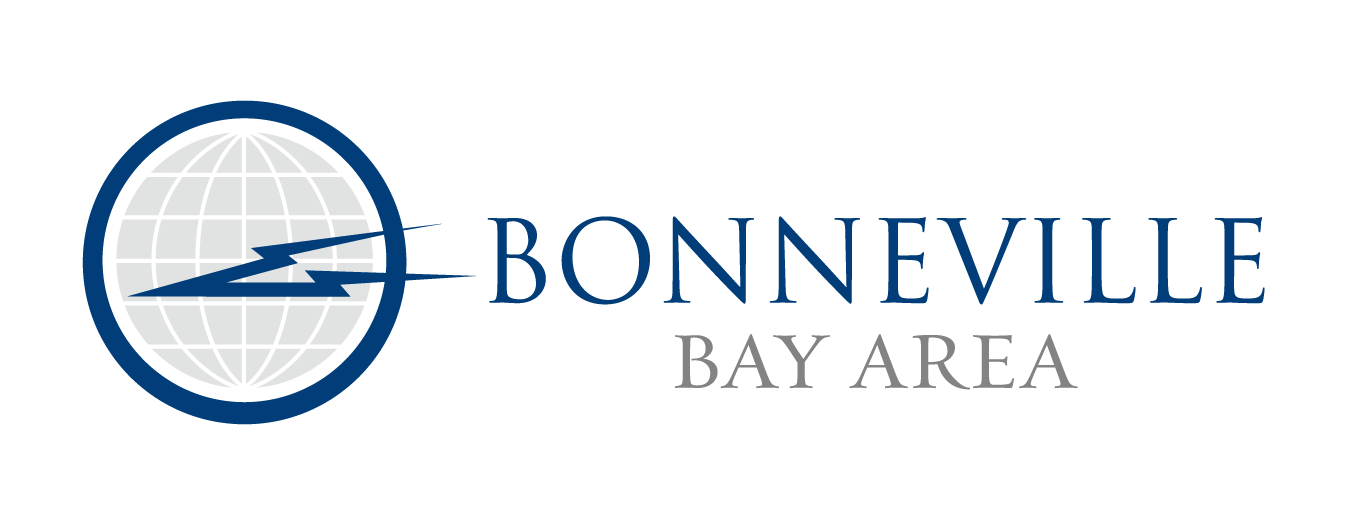
Radio is an effective way for businesses to reach a large, targeted audience through advertising. It allows businesses to promote their products and services to a wide audience and keep current and potential customers informed about how to access them.
Despite the evolution of advertising trends, radio continues to be a reliable and influential medium for businesses to reach and engage with their audience.
1. Radio Is Instant
Radio provides a timely and immediate way for businesses to reach and engage with their audience. As radio shows are broadcast live, listeners have access to current information, news, and entertainment as it happens. This makes radio an effective and immediate way for businesses to communicate with their audience and provide them with the information they need in real-time.
Whether the announcers are sharing breaking news updates, sales and promotion information, or event updates, radio allows businesses to connect with listeners in real-time.
2. Radio Has A Broad Reach
Radio is one of the best media platforms to reach the most people. With 92% of Americans listening to AM/FM radio, you’re able to get your message to a broader audience, while still maintaining targetability across different station formats. In addition to reaching huge listening audiences, radio also provides diversity in listeners, reaching the more than 44.6 million Hispanics and 35.1 million Black Americans each week, and it’s growing. The Bay Area is 54% White, 21% Hispanic, 15% Asian, 5% African American and 5% other, so reaching this diversity is an important part of most marketers’ goals.
Radio allows businesses to reach a large, diverse audience that shares similar characteristics and interests as their customers. Whether listeners are at home, at work, or on the go, radio is a constant companion that provides entertainment, news, and information. This makes it an effective way for businesses to target and reach their desired audience through advertising.
3. Radio is Versatile
Radio has adapted to changing technologies and consumer trends. Radio is now accessible through laptops, computers, phones, and even smart speakers. Listeners can tune into their favorite radio stations whenever they want, through whatever device works best for them. Radio listeners do not need to set aside a specific time to be at a certain location, like other media types, which makes radio even more user-friendly.
Trends in technology and marketing continue to evolve and grow over time, but radio has withstood the test of time. As new media and forms of marketing come about, radio remains one of the most effective ways to reach an audience due to its portability and its adaptability.
4. Radio is Cost-effective
Radio reaches consumers more efficiently. With radio, one transmitter covers a large geographic area, regardless of the number of listeners. This allows you to put your marketing budget to good use by reaching a larger audience at a more affordable cost.
5. Radio Can Segment and Target a Specific Audience
Targeting the right consumers at the right time is critical to the success of any advertising campaign. Radio's array of formats and stations allows advertisers to target listeners that best match their businesses needs. Media companies have in-depth knowledge and research of the demographics of each station, so we can offer insights into what days, times, and formats your business would benefit from the most.
6. Radio is Local
Local radio stations are an essential source of information and connection for the communities they serve. Advertising on local radio allows businesses to reach and engage with customers in their own neighborhoods and build meaningful connections with them. Utilizing on-air talent as endorsers and influencers can be an especially powerful way to make that connection, as these personalities often have the trust and loyalty of their listeners. Their endorsement can increase the effectiveness of your messages and help you reach your target audience more effectively.
7. Radio is Interactive
Radio can be one-on-one and personal with listeners. Shows with call-in segments give listeners an opportunity to be involved and to be heard. Contests reward listeners for their loyalty and increase their interest in the radio station. Polls allow listeners to see how other listeners feel about things as well. Social media presence provides a space for personalized interaction with the stations and their on-air personalities.
Radio gives listeners the opportunity to engage with a program or personality in ways other media platforms cannot. And, many times, radio can spark introspection and conversation with those around them.




